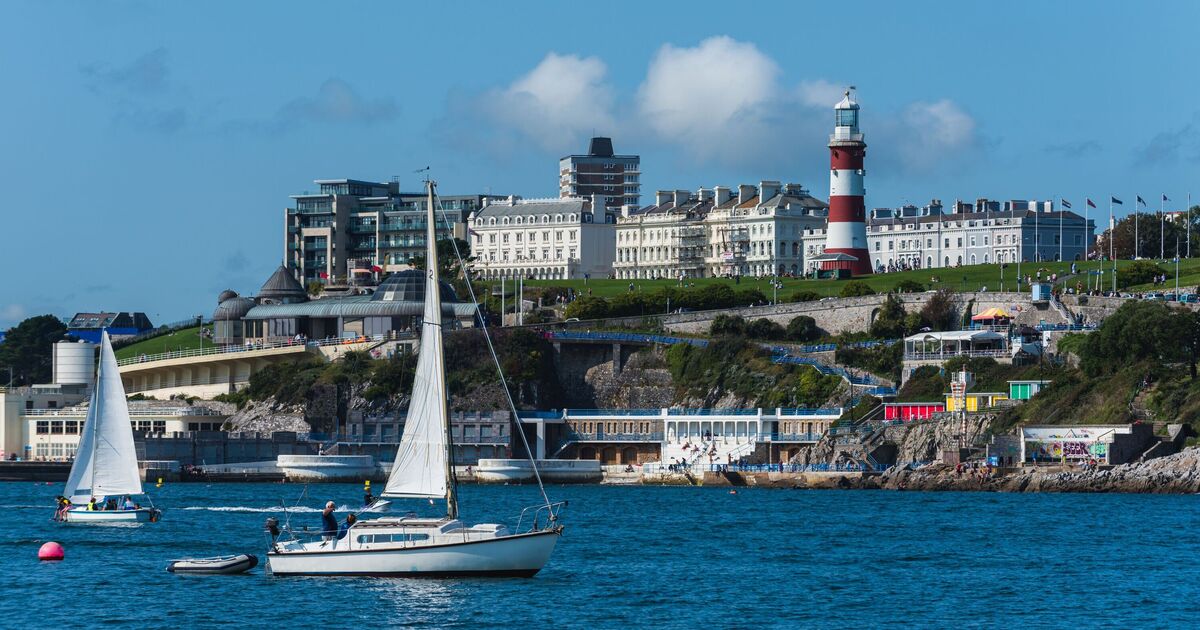Plymouth has been named the UK’s best city to live and work in.
This may have surprised people who don’t know this unassuming city by the sea in Devon very well. However, as someone who has lived there for nearly 20 years, the only thing that surprises me is that the secret’s taken so long to get out.
Plymouth really does have it all. Well, it has it all apart from an airport and decent connectivity, by road or rail, with the rest of the UK… but we won’t dwell on those fairly significant downsides too much.
Instead, we’ll focus on Plymouth’s biggest assets, which can probably be found on its fringes. The city’s boundaries see it rub shoulders with dramatic Dartmoor, the verdant Tamar Valley and the huge natural harbour that is Plymouth Sound, the UK’s first National Marine Park.
Few cities have more miles of waterfront than Plymouth – and its rich maritime history has earned it the soubriquet of Britain’s Ocean City. In recent years, the Ministry of Defence has released more of that waterfront and redeveloped it for civilian use.
The handsome Royal William Yard – with its restaurants, bars and bougie flats – is a fine example. Now one of Plymouth’s premier lifestyle destinations and an arts and culture hub, it’s breathed new life into the Stonehouse Peninsula – and the wider city.
Across the water from ‘the RWY’ can be found Mount Wise – another section of the city that had been walled off by the MoD for many years. What was one home to the Royal Navy’s admiralty is now a thriving community – as is a big swathe of the MoD’s old dockyards at Devonport.
Of course, much of Plymouth’s waterfront has always been open to the public. The Hoe – with its landmark lighthouse and grandstand views of the Sound and Drakes’ Island – is but one jewel in the city’s seaside crown.
There are also the historic harbours at The Barbican, a bustling and colourful area filled with bars, restaurants and galleries. Then there are the beaches at Devil’s Point and Mountbatten, and five different marinas – all of which provide yet more routes out onto the water.
Landlubbers are also very well catered, for as Dartmoor is almost literally on the city’s doorstep – and Cornwall is just next door, as are the bucolic delights of the South Hams and South Devon.
Even though it is surrounded by stunning scenery, Plymouth does have a lot of excellent parks and green spaces. Thankfully, despite the council controversially chopping down dozens of trees in the city centre, it remains a very leafy city.
But what of the city centre? Well, that is – thanks to the Luftwaffe – a bit of a concrete sprawl. It is, perhaps, a little lacking in historical character – with ‘brutalist’ modern architecture replacing what Hitler’s bombers levelled.
However, it is home to the Theatre Royal – which is up there with the UK’s very best regional theatres. And it also has a recently refurbished and enlarged museum, The Box, which is another rich cultural asset.
Plymouth does have a fairly decent shopping centre, with plenty of independents. That said, many shoppers seem to prefer its neighbour and regional rival, Exeter, which is a bit more upmarket.
Plymouth is increasingly becoming recognised for the quality of its eating-out scene. There are plenty of quality independent eateries, and the city is home to what some foodies claim is possibly the world’s best burger, the small but mighty Zephyr Burger.
Also, property prices remain below average for the South West — and they look like an absolute steal when compared to the South East.
Checkout latest world news below links :
World News || Latest News || U.S. News
The post I live in UK’s ‘surprising’ best city – it’s shock we’ve kept it secret so long appeared first on WorldNewsEra.

